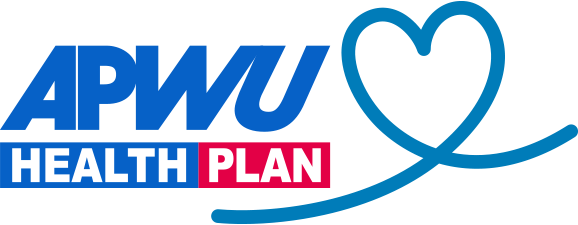If you have high cholesterol or an elevated risk of developing heart disease, your doctor may prescribe a statin. These life-saving medications can reduce the risk of heart attack and stroke and are often the most reliable way to treat high LDL (or bad) cholesterol. As with any drug, statins may have side effects, including headaches, nausea, and muscle aches, but for the vast majority of high-risk patients, the benefits outweigh the risks.
What you need to know about statins
Statins are among the most widely prescribed drugs in the country. Tens of millions of Americans take statins to lower cholesterol and reduce the buildup of plaque inside arteries. Plaque that partially or fully clogs the arteries can lead to a heart attack or stroke.
Statins can also safely fight inflammation and protect against the stiffening or hardening of the arteries, a condition called atherosclerosis.
If you have questions about why you were prescribed a statin, ask your doctor. And, let your doctor know if something might prevent you from filling the prescription or taking it.
Why it’s important to stay on statins
Most people who take statins need to stay on the medication for the long term. If your cholesterol goes down, it’s important to continue taking the medication because if you stop, your cholesterol levels may rise again. Always talk to your doctor before making any changes to your medications.
What to do if you experience statin side effects
While statins are safe and effective, all medications have potential side effects. Some side effects may go away as your body adjusts to the medication. If you experience headaches, nausea, or muscle or joint aches after starting statin therapy, your doctor may decrease your dose or try a different drug.
Never stop taking a statin without talking to your doctor. Be sure to follow all of your doctor’s instructions and ask if you should avoid certain medications, foods, or beverages.
Tips to minimize statin-related muscle pain
The most common side effects of taking a statin are muscle aches, cramps, and weakness in the arms, shoulders, thighs, and buttocks. If statins cause muscle pain, following a few simple tips can help relieve your symptoms:
- Get more physical activity. People who exercise regularly before taking statins are less likely to experience muscle pain and cramping.
- Make healthy lifestyle changes. Cut back on how much alcohol you consume and adopt a heart-healthy eating plan, such as the Mediterranean diet, which is rich in flavorful ingredients like fruits, vegetables, whole grains, and healthy fats.
- Ask your doctor to review the medications you take. Certain medications may interact with statins, including calcium-channel blockers, medications prescribed to treat abnormal heartbeats, antibiotics, antifungal drugs, and other cholesterol-lowering medications.
- Ask your doctor if a hydrophilic statin is right for you. There are two types of statins, lipophilic and hydrophilic. Lipophilic statins are more likely to cause muscle aches. Talk to your doctor about switching to a hydrophilic statin or taking a lower dose of a hydrophilic statin.
- Ask your doctor about switching to a PCSK9 inhibitor. These drugs can lower LDL cholesterol without triggering muscle pain. However, PCSK9 inhibitors can be expensive.
Make healthy lifestyle choices to lower your cholesterol
Whether or not you take a statin, living a healthy lifestyle can help lower your cholesterol and reduce your risk of developing heart disease. Statin therapy is not an alternative to healthy eating and physical activity. Rather, it’s an added preventive step.
Here are some additional steps you can take to help lower your cholesterol and live a healthy lifestyle:
- Avoid processed, packaged foods. Eating highly processed, nutrient-depleted foods on a regular basis can raise your risk of developing diabetes, heart disease, cancer, and other serious health conditions.
- Eat more fruits and vegetables. Eating a rainbow of colorful foods adds flavor and texture to your meals, along with vitamins, minerals, and fiber.
- Get the dietary fiber you need. A diet high in fiber can help lower your cholesterol, regulate blood sugar levels, and reduce your risk for heart disease and stroke.
- Limit your intake of saturated fat. When it comes to making heart-healthy eating choices about fat, the first step is to understand the different types of dietary fats.
- Move more, sit less. Try to get at least 30 minutes of physical activity five days a week. If you’re living with a physical disability, sitting exercises can help enhance your mobility, improve your posture, and prevent falls.
- Maintain a healthy weight. Losing weight gradually is the healthiest and most effective way to get to and maintain a healthy weight.
- Find ways to manage stress. Learning how to manage stress is an important part of taking care of yourself and maintaining good overall mental and physical health.
- Make a plan to quit smoking. If you’ve tried quitting but started smoking or chewing tobacco again, a solid plan can improve your chances of quitting for good.
Your doctor can help you take statins safely
If your doctor recommends you take a statin to control your cholesterol or reduce your risk of heart attack, the potential benefits of taking statins may outweigh the risk of side effects. After starting statin therapy, be sure to keep your follow-up appointments as your doctor may want to recheck your blood and cholesterol levels to see how the drug is working.


